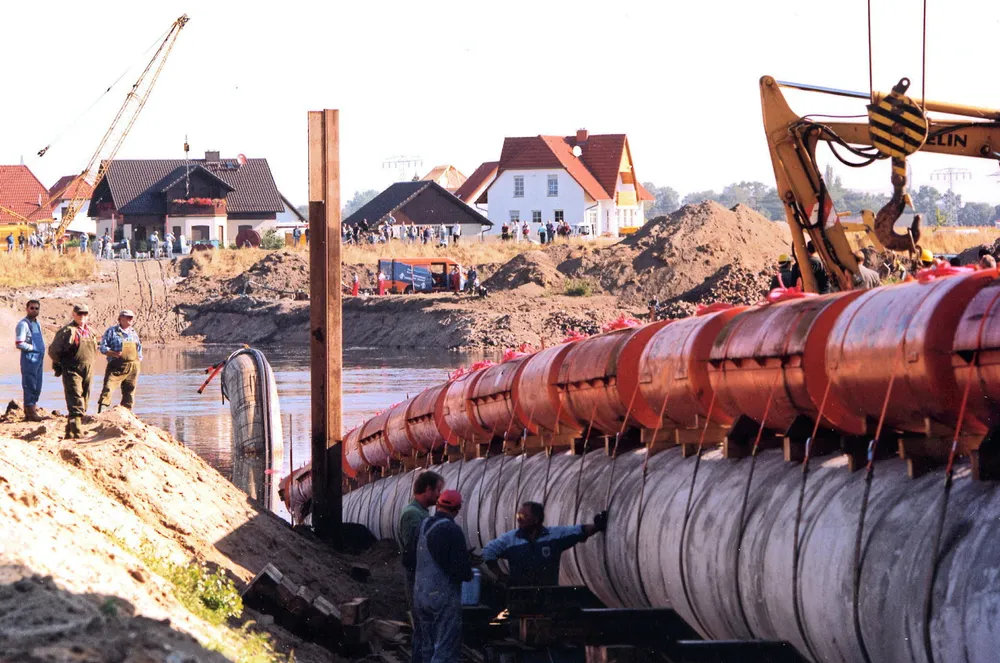More than 1,000km hydrogen pipeline network may be built in Germany thanks to NordStream explosions
Three German gas distributors join forces on proposed new H2 grid — in an apparent reaction to redundancy in a 480km pipe built to carry Russian gas

Three German gas distributors join forces on proposed new H2 grid — in an apparent reaction to redundancy in a 480km pipe built to carry Russian gas
